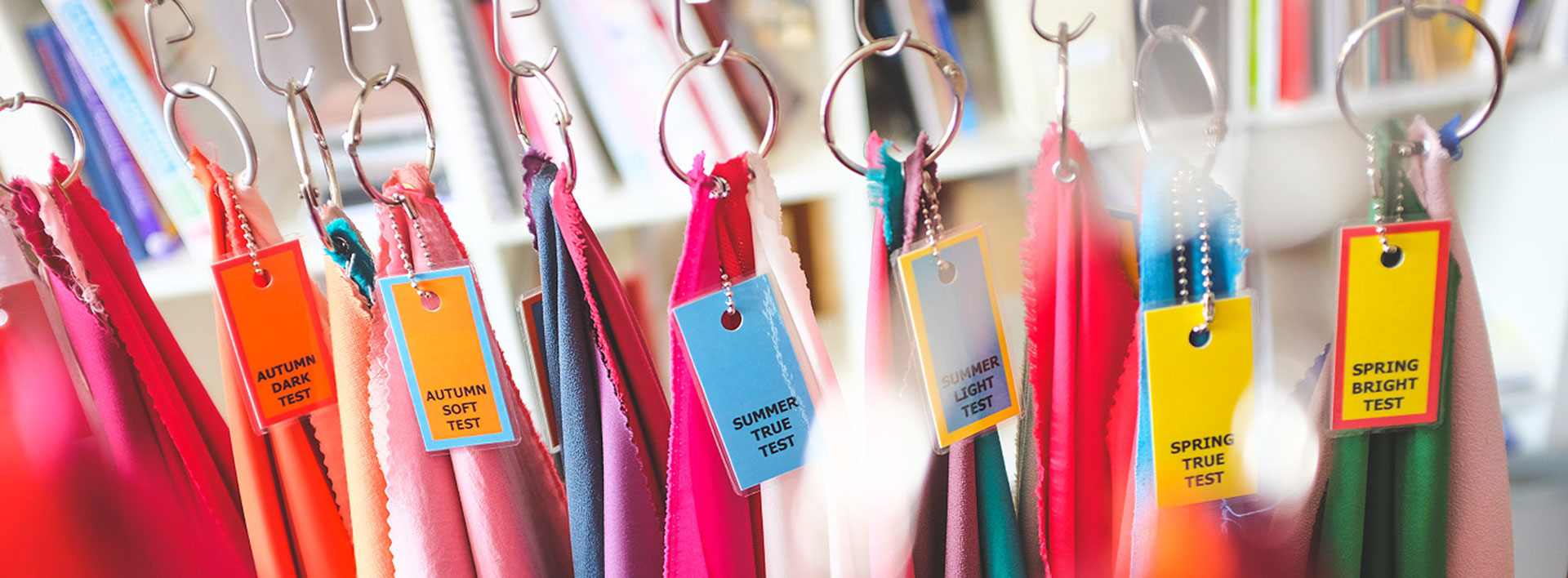




Dresses have been handmade for most of human history. Even today, even though textile production is fully automatic, garments are sewn by the human hand on the sewing machine. Although apparel has been available for a long time, it is a relatively new concept to sell in a store, buy clothes from a shelf, or order online.

It is known that ready-to-wear items were produced in the early 1400 BC in antiquity. In ancient Rome, garments were produced to dress the soldiers in the workshops where many workers worked. In medieval Europe, women produced wool, yarn, cloths and woven fabrics for men in the home workshops.
In the fourteenth century, clothing became more formal. During this period, the garment sector started to produce arms, collars, gloves and hats. Until the industrial revolution, the production of textiles and apparel has continued in the home workshops on a small scale.
In 1740, however, the machine that turns cotton into yarn was invented and fabric weaving machines were produced in 1760. In 1880, there were around one thousand 250 looms in the UK. In the early nineteenth century, large-scale garment production was still based on hand sewing for parts work.
The acceleration of the production of textiles and garments was entirely with the invention of steam-powered machines. In this period, tailors who saw the machine as a threat to livelihoods revolted. However, the machines outweighed, and the tailors were now geared to the garment wheel.
The following are some of the standards that have been taken into account when testing clothes in advanced laboratories:
TS 11266 Textile - Knitted fabrics for making skirts, dresses, pants and blouses for women and girls - Features
TS EN 348 Protective suit - Test method - Determination of material behavior against splashing of molten metal parts
TS EN 943 Protective clothing - Against liquid and gaseous chemicals including liquid aerosols and solid particles
TS EN ISO 15027 Underwater clothing
TS EN 14225 Diving suits
The application is received, the contract and then the product, vehicle and vehicles for which, what kind of service is determined exactly.
The necessary laboratory environment is prepared and the products, tools and instruments requested by the organization are tested by experts with the reference of the existing standards and measurements are made.
The data obtained as a result of meticulously completed tests, measurements and analyzes are evaluated and accredited approved reports are submitted by expert engineers.
To get an appointment, to get more detailed information or to request an evaluation, you can ask us to fill in our form and reach you.